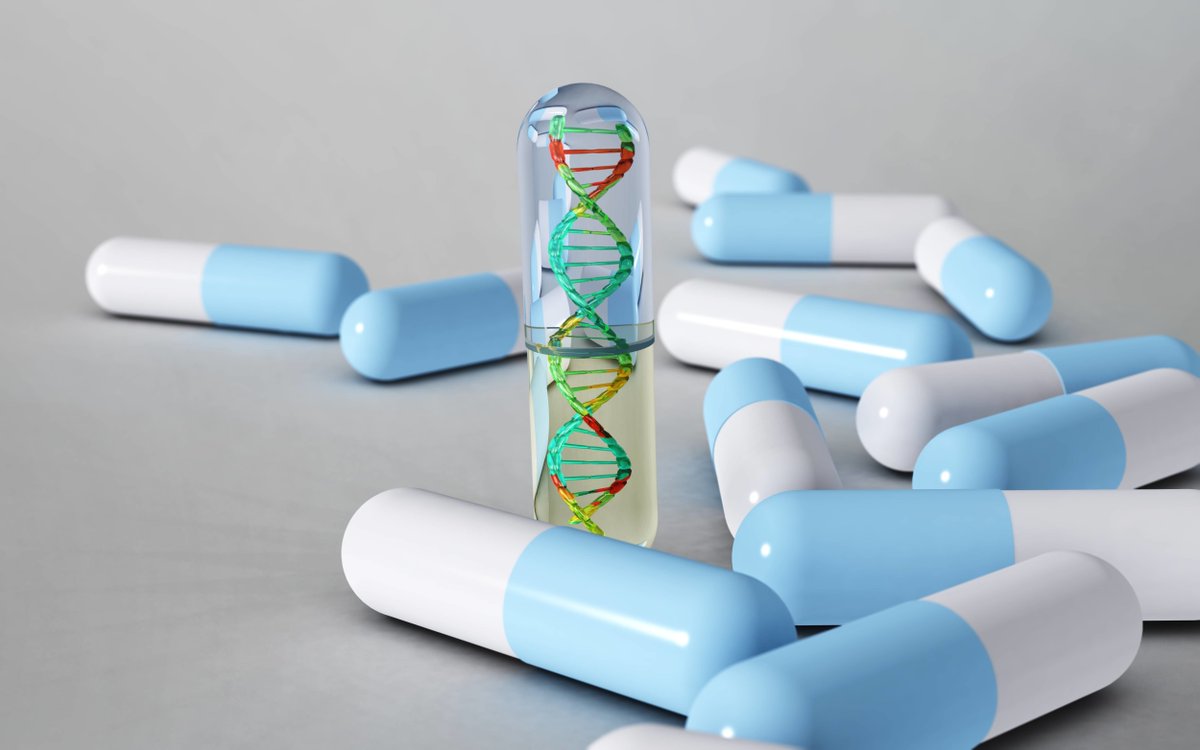As biologic drugs continue to revolutionize treatment for various chronic diseases, their skyrocketing prices are making these life-saving medications inaccessible for many patients. Biosimilars promise to provide a more affordable alternative to these expensive biologics.
Biosimilars are biologic drugs that are developed to be highly similar to already FDA-approved biologics, known as reference products. Unlike generic drugs for small molecule medications, biosimilars are not exact copies but are engineered to be highly similar to the reference product with no clinically meaningful differences in terms of safety, purity and potency. The process of developing biosimilars is complex as biologics are large, complex molecules manufactured in living systems and are difficult to replicate precisely. However, rigorous analytical, non-clinical and clinical testing ensures biosimilars match the safety and efficacy of reference biologics.
Regulatory Pathway and Approval Process
The U.S. Food and Drug Administration (FDA) provides a regulatory pathway specifically for approving biosimilars under the Biologics Price Competition and Innovation Act of 2009 (BPCIA). This act helped establish an appropriate evaluation framework balancing innovation and access. To gain FDA approval, developers need to demonstrate biosimilarity through analytical, non-clinical and clinical studies comparing the biosimilar to its reference product. The FDA then approves biosimilars for the same approved indications as the reference drug through an abbreviated approval pathway relying on existing clinical data for the reference biologic. This streamlined process allows biosimilars to reach patients quickly at lower costs compared to reference biologics.
Cost Savings and Potential Impact
A key benefit of biosimilars is their potential for significant cost savings compared to reference biologics. Studies show biosimilars could reduce healthcare expenditures by billions in the U.S. alone. The lower prices of biosimilars arise from reduced development costs versus innovator biologics and absence of costly marketing efforts with no need to prove clinical efficacy again. These savings are passed on partly to payers like Medicare/Medicaid and partly to patients. For example, when multiple biosimilars of Filgrastim (Neupogen) entered the U.S. market in 2015, average price dropped 45-55% within a year. Widespread biosimilar uptake could potentially reduce spending on biologics by 30% or more. Such cost savings will enable greater access to life-changing medicines for many underserved patients.
Interchangeability and Automatic Substitution
One area still under development is determining ‘interchangeability’, a designation that would allow automatic substitution of Biosimilars for the reference product without a prescriber’s involvement. The FDA is still evaluating appropriate processes to determine interchangeability as automatic substitution implies substituting a product without medical supervision. To provide prescribers confidence, standards of analytical, functional and clinical evidence need to be established showing biosimilars have no meaningful differences from the reference biologic. This is an evolving area. Most experts believe interchangeable biosimilars may become a reality in the U.S. after they gain more real-world exposure and clinical experience. This would further increase access by eliminating prescription barriers.
Role of Physicians and Patient Education
For widespread biosimilar adoption, it is important that physicians feel confident in prescribing biosimilars to their patients. Education of healthcare providers is critical on the rigorous FDA approval process. Experts believe small clinical practice differences or lack of long term follow up will not impact biosimilar safety and efficacy when approved interchangeably. However, physicians should discuss available options including biosimilars with each patient and address concerns through informed consent and prescription notes. Similarly, educating patients regarding biosimilar approval standards and establishing their confidence is essential for adoption.
In conclusion, biosimilars approved through a stringent scientific pathway can safely expand patient access to potentially life-saving biologic treatments at more affordable costs. With the right policies, interchangeable biosimilars can potentially capture 30% of the biologics market within 5 years according to experts. This multi-billion dollar cost savings potential benefit the US healthcare system tremendously. Wider patient reach through lower prices will enable improved outcomes. With continued education and experience, biosimilars are poised to transform the biologics landscape.
*Note:
1. Source: Coherent Market Insights, Public sources, Desk research
2. We have leveraged AI tools to mine information and compile it

